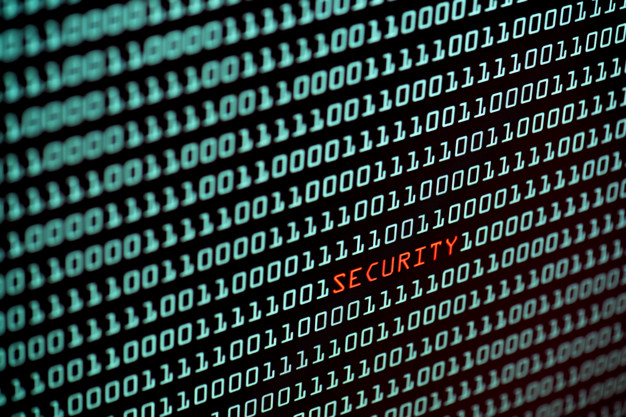These days, it’s vital to know how to make a website secure from hackers. It doesn’t matter how big or how small you are. If you have a website, then you are a potential target for hackers.
How to secure a website from hackers
There are basically two ways to make a website secure from hackers. The first way is to use one of the all-in-one website-building solutions. These provide hosting, a proprietary CMS, and a selection of templates into which you can fit your content. The vendor takes care of everything, including security and they generally do a very good job of it. These solutions can be very high on convenience, but they have limited customizability and can get expensive.
The second way to make a website secure from hackers is to build it from the ground up with security in mind and ensure that robust security is maintained at all times. Here are some tips.

Choose a host with a good track record on security
In principle, you can self-host. In practice, for most SMBs, it will make far more sense to use a third-party hosting service. Your first priority should be to find one with a good track record on security. After this, look at uptime and page-loading times. Then check how easy it is to get hold of their customer service and technical support (especially out of hours). Only after all this should price start to be a consideration.
Inform yourself about your responsibilities with regard to your hosting
If you have a dedicated server, then you will probably be able to buy a managed hosting package. This basically means that your vendor will take care of everything to do with security on the server. It might even extend to keeping your CMS updated (especially if it’s WordPress) and maybe any third-party add-ons you use as well.
If, however, you go for a shared option, then you’re probably going to find yourself having to do much more to manage your own security. In particular, you’re going to have to nail down your file and directory permissions. If you don’t know how to do that, then you need to get professional help. You may be able to get this from your hosting vendor as an add-on service.
Be careful about what software you use
The major, open-source content management systems are all of high quality, but they are only as secure as their last update. This means that if you are managing your own server, you absolutely must commit to keeping them updated promptly. Outdated versions of CMSs, especially WordPress, are notorious for leading to hacking attacks.
Third-party add-ons, however, are another matter. There are some genuinely excellent ones and there are some which are straightforward malware and there are all shades in between. This means that you absolutely must research any add-on you are thinking of using and make sure that you only use products that are still actively supported by their developers or development community.
Make sure you invest in a website vulnerability scanner
Different web vulnerability scanners will have different features, but the core of any good website vulnerability scanner will be a robust anti-malware product and a web applications firewall. These days both are vital if you want to make a website secure from hackers.
Similarly, you need a robust anti-malware product with an integrated firewall for any device you use to access the back end of your website. You’d find it rather frustrating to discover that all the security you’d put into your website had been circumvented by someone hacking a local computer and getting your administrator login details.
Exercise robust control of your users
Speaking of administrator logins, they should only be given to people who really need them for as long as they need them. Each administrator should have their own set of credentials and sharing login details should be explicitly banned.
Make sure that your administrators are educated on the importance of using a genuinely strong and unique password (not a variation of the one they use all over the internet) and implement two-factor authentication if at all possible.
Block all users if they exceed a certain number of failed login attempts and log them out automatically after a certain period of inactivity.
Make a point of checking your management console regularly to see who is listed as being an administrator. If you see any names you do not recognize, then delete first and ask questions afterward. If the account does turn out to be unauthorized then immediately conduct a full security audit of your website.
Please click here now to have your website scanned, for free, by cWatch from Comodo





